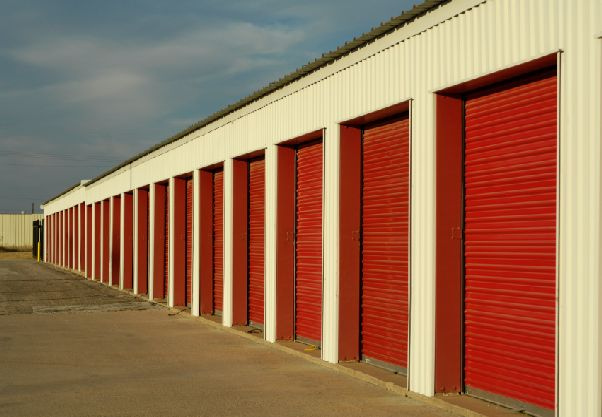
Public storage or self-storage facilities are a popular choice for people looking for additional space in which to store household items, collectibles and other material that they may not otherwise be able to store at home. Nearly every locality throughout the country has access to a self-storage provider or solution for their off site storage needs. As an industry, how are providers of storage space to the public doing economically? What are some of the factors that is impacting growth in the storage industry? Is the successful growth being experienced in the storage industry temporary or are prospects strong for continued growth?
State of the Self-Storage Industry
According to the Self Storage Association, the non-profit business association for the industry, self-storage has seen tremendous growth in the past several years. The industry generated an estimated $24 billion in revenues for 2013 and paid just over $3 billion in state and local taxes. Seen as the fastest growing segment of the commercial real estate market, the industry has roughly 52,500 facilities and a total rentable space capacity of 2.3 billion square feet. This amount of space equates in per capita terms to a little more than 7 square feet. The amount of storage space available is equivalent to three times the area of the island of Manhattan.
The industry employees approximately 170,000 individuals engaged in various duties related to assisting the public with their storage needs. This averages 3.5 employees per the 50,000-plus primary and secondary facilities that provide storage solutions. The distribution of storage facilities in the United States are as follows: 52% of these facilities are located in suburban locations, 32% located in urban settings and 16% of the storage facilities in the United States are located in rural locations.
Factors Impacting the Self-Storage Industry’s Growth
The need and interested in self-storage and public storage space has grown considerably over a 17 year span. From 1995 to 2012 the industry has experienced a growth of more than 65% in terms of storage space rental. In 1995, self-storage space was rented by 1 in every 17 U.S. households. This number grew at the end of 2012 to 1 in every 10 households. There are many factors that have led to this growth, from home downsizing and the need for additional storage space away from the home to the need for temporary storage for those individuals moving across the street to across the country. Whatever the reason for a self-storage solution it appears that the industry is doing well as demand for storage solutions continues to rise.
Prospects for Self-Storage Industry
The industry is comprised of five public corporations, 4,500 large and mid-sized companies operating more than 1 facility and more than 30,000 businesses that operate a single storage facility. With occupancy rates for storage facilities increasing 4.5% between 2012 and the end of the third quarter 2013 from to 87% (2 billion of the 2.3 billion total storage space) the opportunity for growth in this commercial real estate market segment seems limited. The fact however is that the market for growth is strong among those who own their homes (68% of all self-storage renters versus 27% who rent apartments or condos) and those with income between $50,000 and $75,000 per year (16% of all self-storage renters). The numbers provided by the industry suggest that future potential for growth is tremendous.
Peter Staten is a freelance writer based in Tulsa, Oklahoma who writes on the storage industry, water storage tanks, storage units, moving tips, all purpose storage tanks and other related topics.
Image credit goes to gillespieorval.







